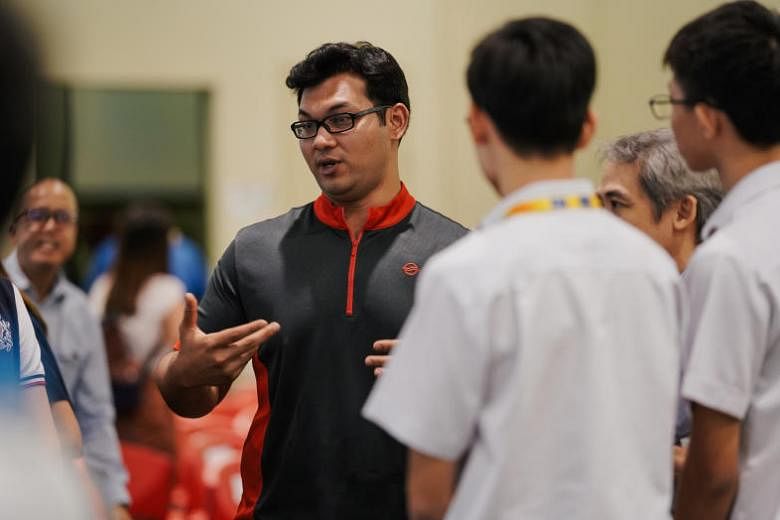The typical route to becoming an engineer involves getting a degree first. But this limits the careers of experienced technicians from ITE and polytechnics who can step up.
Now, an alternate pathway is in the works that will let those with a diploma or Institute of Technical Education (ITE) certificate, and the required experience and training, to be recognised as engineers without having to go to university.
The Institution of Engineers, Singapore (IES) has formed a steering committee with 20 partners, including the Land Transport Authority and SMRT, to build a National Engineering Career Progression Pathway, which consists of three levels of certifications - chartered technicians, chartered technologists and chartered engineers.
Speaking at an event where a memorandum of understanding was signed by IES and its 20 partners, Education Minister Ong Ye Kung said there could be two viable ways towards becoming an engineer.
"An aspiring engineer can either frontload education, get an engineering degree, and in time become a chartered engineer; or he can achieve this by working in the industry, learning as he practises, and clock up experience and accreditation. They are both viable routes to arrive at the same destination.
"We have done very well in the first route, but not as well in the second. As our economy matures, and society values our people in different ways, we need to develop the practice route across different disciplines and industries."
The skill levels of chartered technicians would roughly correspond to those of workers with the relevant ITE qualifications, while the skill levels of chartered technologists and engineers would correspond to those with polytechnic diplomas and university degrees respectively, though they are still subject to additional accreditation criteria.
"A practitioner, regardless of education background, can progress from one level to the next by attending modular programmes and accumulating work experience," said Mr Ong at the Devan Nair Institute for Employment and Employability in Jurong East.
"To illustrate, an ITE graduate can work towards becoming a chartered technician in the first instance, and progressively upgrade from there."
This new pathway will ensure that technicians and engineers can be assessed and then accredited even without an academic qualification, said IES' former president Chong Kee Sen, who said the starting monthly salary for engineers is currently about $1,000 more than that for technologists.
The IES aims to register the first batch of chartered technologists and chartered technicians by early next year.
Meanwhile, Mr Ong also urged top students to pursue engineering at the tertiary level, given the rapid advancements in technology today and that Singapore's economy is becoming more innovation driven. But by expanding the number of engineering places at the tertiary level, "the supply has suppressed the cut-off points into engineering courses".
"So from time to time, we hear of very good graduates from polytechnics or junior colleges avoiding engineering courses in universities so as not to 'waste their good results'," said Mr Ong.
"It is such a pity, and I will encourage students not to look at a course based on cut-off points. Look at it based on what you are most interested in."


